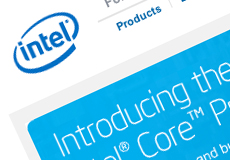- Sony revealed its NEX-FS700U Full HD super slow motion camcorder at that NAB Show in April and since then has accepted nearly 1,000 pre-orders, according to one Sony executive.
- The new camera, scheduled to be available in late June, is priced at around $10,000 and captures footage at up to 960 frames per second.
- “The camcorder supports full HD quality at 120 and 240 frames per second in a 16 or 8 second burst mode respectively,” writes Carolyn Giardina for The Hollywood Reporter. “Its 480 fps and 960 fps at reduced resolution are available.”
- “The NEX-FS700U uses a new 4K Super 35 CMOS sensor, and Sony said it is planning a future firmware upgrade aimed at enabling the camera to output 4K bitstream data over 3G HD-SDI when used with an optional Sony 4K recorder,” notes Giardina.









